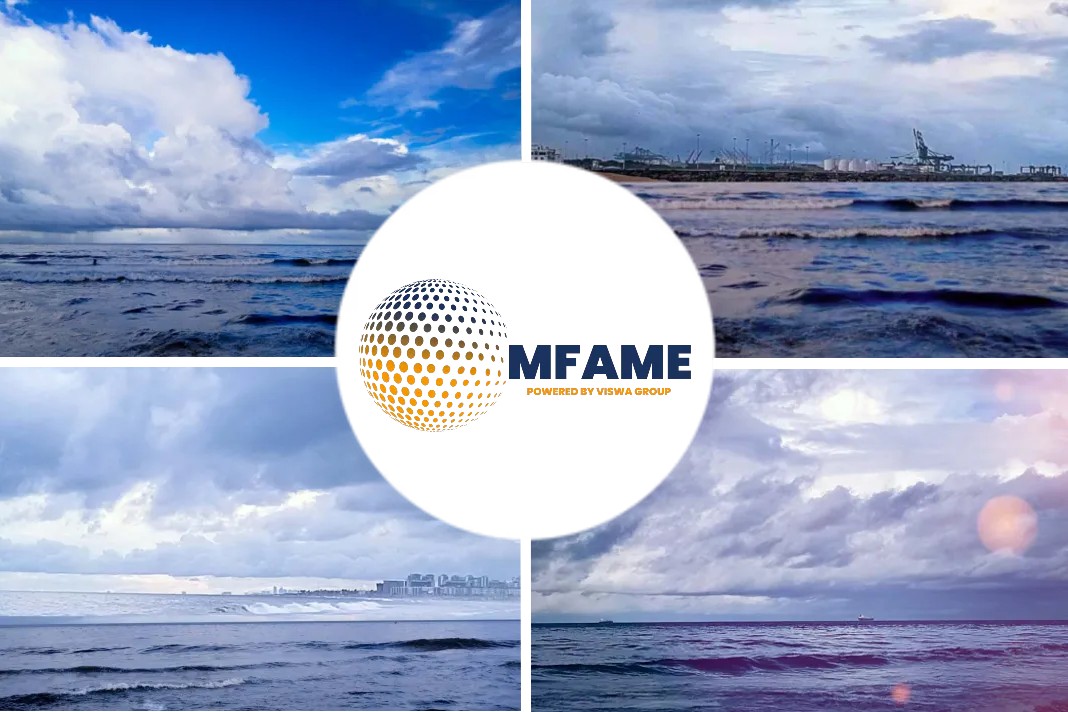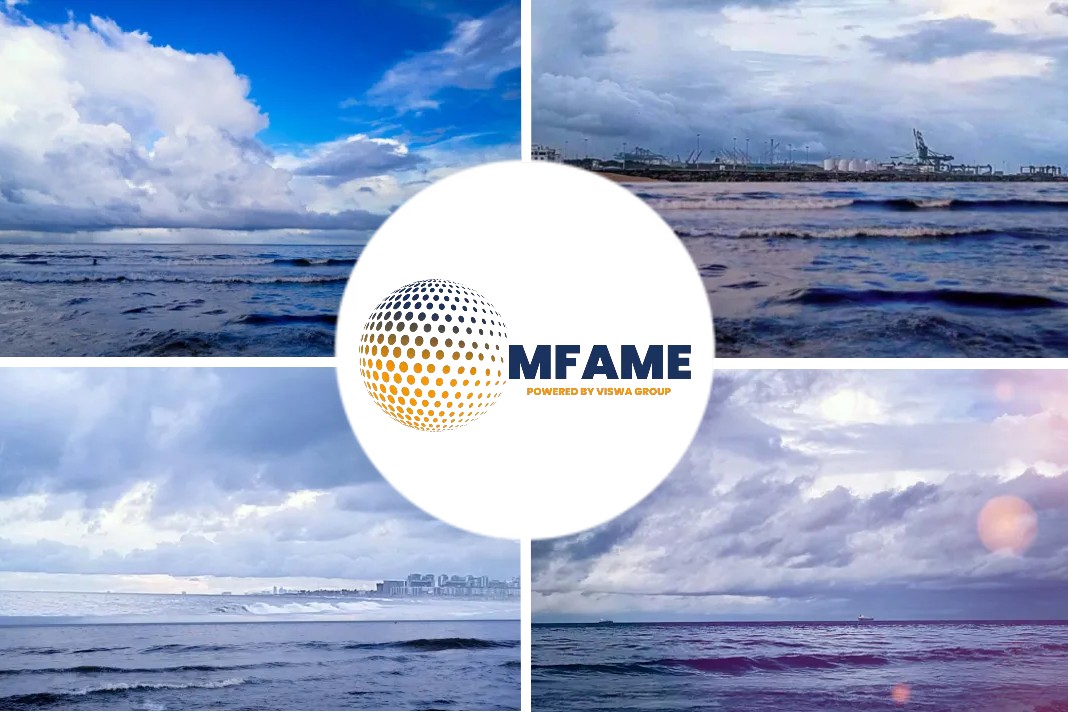- China VLSFO output to pick up from around Q2 2020
- China refiners need time to add facilities, adjust output
- More than 3months till new refining facilities develop.
- State refiners apply for export quotas to bonded market -sources
- Cargo exports are not eligible for tax rebates -sources
- Importing from Singapore the only way to handle Chinese demands now.
According to a Reuters report, chinese oil refiners are unlikely to boost their output of cleaner marine fuels until at least the second quarter of 2020 because they will need to upgrade their facilities, even after the government granted tax waivers to boost output.
No Relief from VLSFO Shortage
The supply lag will mean China will not be able to help relieve a regional shortage of very low sulphur fuel oil (VLSFO), a marine fuel with a maximum of 0.5% sulphur. Demand for the cleaner fuel has surged with the start of new global shipping rules this year mandating the lower sulphur amount or the use of devices that clean ship’s emissions.
Refiners Need Fresh Changes
China’s refiners will have to adjust their production plans and feedstock crudes as well as install the necessary infrastructure to boost their VLSFO output, said three traders and analysts from FGE.
“It’s not so much a matter of whether they can physically produce it, they need to invest in the infrastructure to do so,” said a senior Singapore-based fuel oil trader.
3 months Till New Facilities
An official at a Sinopec refinery said it would take more than three months to add new facilities and adjust the refinery’s production and logistics plans to produce VLSFO.
Not Enough Supporting Facilities
“We do have residue hydrodesulphurization equipment at our refinery, but we don’t have enough supporting facilities such as pipelines and oil tanks,” he said, referring to units that remove sulphur from fuel oil.
Importing the Only Way
China currently imports most of its marine fuels from regional suppliers including Singapore and South Korea. The country plans to waive consumption taxes and give rebates on value-added taxes on fuel oil sales to encourage domestic production of its bonded bunker market.
Low VLSFO Production
Refineries are currently producing a small amount of VLSFO to test the market, said Wang Zhao, a senior analyst at Sublime Info Corp, a Shandong-based energy consultancy.
Sinopec and China National Petroleum Corp (CNPC) together have pledged they can produce about 14 million tonnes per year of VLSFO while other Chinese refiners could add at least 4 million tonnes.
Taxes Not Enough To Fill Supply Gap?
The Chinese tax changes will not help fill Asia’s supply gap anytime soon as Beijing is limiting wholesale VLSFO exports to develop the domestic bunker, or ship fuelling, industry.
“Exports to other countries will still incur hefty taxes, making economics unfavourable,” said FGE.
Bunkers Only Quota
State refiners have applied for quotas to export fuel to bonded storage sites, areas that are not subject to customs duties, of up to 24 million tonnes, said three trade sources.
“Those quotas are for bunkers only, it does not apply to cargo exports,” said one of the sources, who has direct knowledge of the matter.
Easing the Chinese Burden
Expanding China’s ability to satisfy its own demand would ease the burden on regional suppliers.
China typically imports about 1 million tonnes of marine fuel oil per month from Singapore.
China’s bonded bunker market supplies about 12 million tonnes of bunker a year, in comparison to Singapore, the world’s largest bunker market, which supplied 47.5 million tonnes in 2019.
Did you subscribe to our daily newsletter?
It’s Free! Click here to Subscribe!
Source: Reuters





















